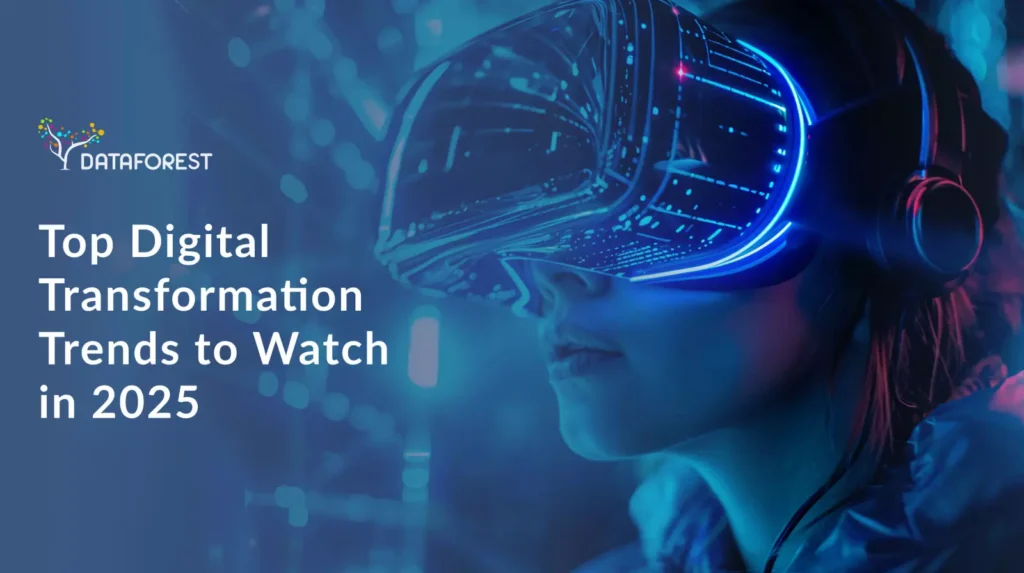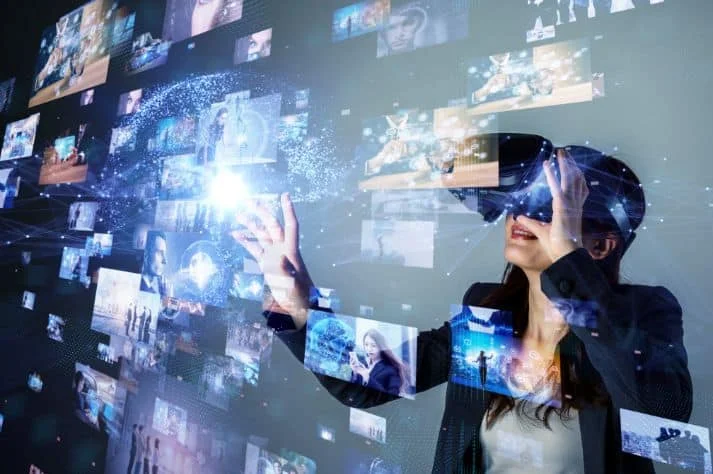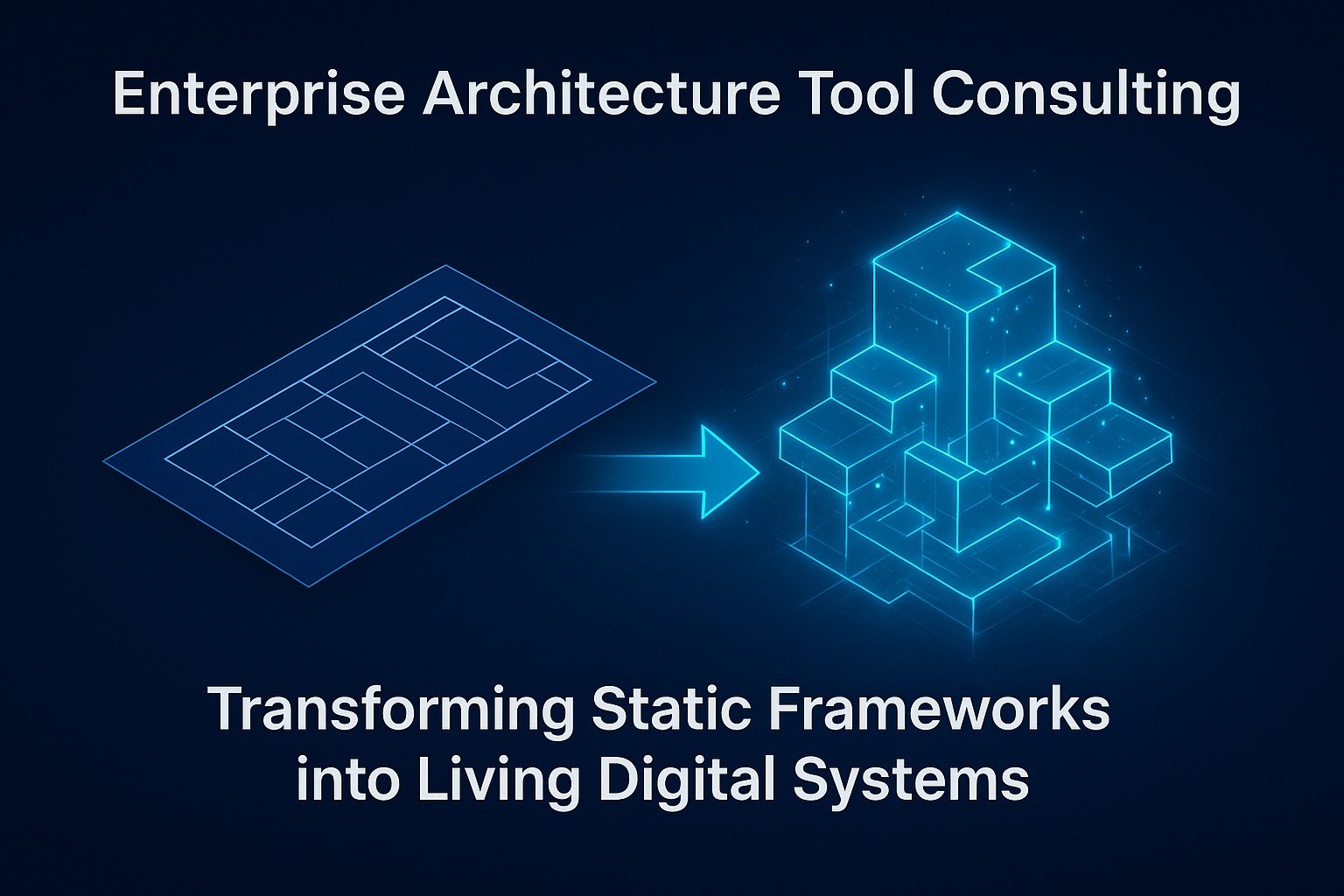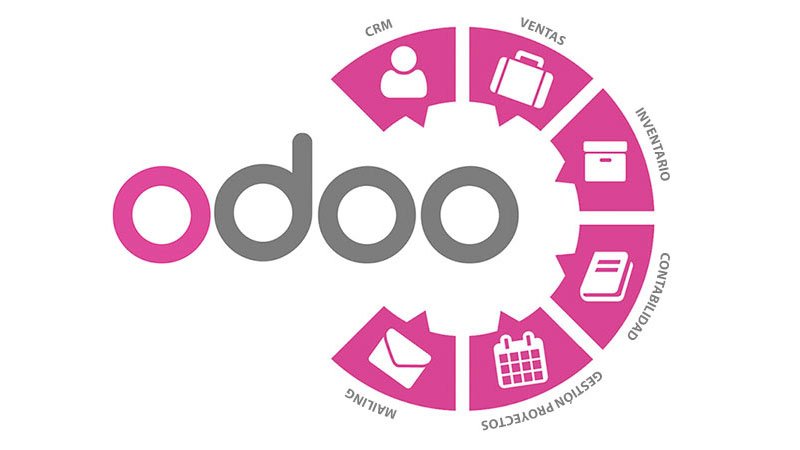Top Digital Transformation Trends to Watch in 2025
In the ever-evolving digital landscape, businesses across the globe are constantly adapting to technological advancements that allow them to operate more efficiently, engage with customers more effectively, and stay competitive. Digital transformation (DT) refers to the integration of digital technologies into various aspects of business operations, and it has become a necessity for organizations looking to thrive in the modern economy.
The digital transformation journey is not just about adopting new technologies; it is about reshaping business models, enhancing customer experiences, and driving innovation. As we approach 2025, several transformative trends are emerging that are expected to revolutionize the way businesses operate and interact with customers. Let’s take a closer look at the top digital transformation trends shaping businesses in the coming years.

2. Cloud Computing and Hybrid Solutions
What’s Happening? Cloud computing has moved beyond just data storage. More businesses are adopting hybrid cloud environments, combining private and public cloud services to maximize flexibility, security, and scalability. This trend enables organizations to easily scale their IT resources based on demand and reduce costs associated with on-premise infrastructure.
Why It Matters: Cloud computing offers businesses the ability to work remotely, scale operations without the need for additional hardware, and quickly access and deploy software applications. Hybrid cloud environments provide organizations with a combination of control, security, and the flexibility to use public cloud resources when needed.
What You Should Do:
- Shift to cloud-based platforms to improve collaboration and data accessibility.
- Embrace hybrid cloud solutions to ensure both flexibility and security.
- Use cloud-native tools and applications to reduce IT infrastructure costs and enhance operational efficiency.
3. 5G Connectivity
What’s Happening? The rollout of 5G technology is set to revolutionize business operations and customer experiences. With faster data transfer speeds, low latency, and increased connectivity, 5G will empower businesses to adopt cutting-edge technologies such as AI, IoT, and real-time analytics at an unprecedented level.
Why It Matters: 5G’s high-speed internet will enable businesses to connect with customers and devices in real-time, improve mobile experiences, and support IoT devices with greater efficiency. Industries such as healthcare, retail, and manufacturing stand to gain significantly from the low latency and real-time communication that 5G offers.
What You Should Do:
- Prepare for 5G integration by upgrading your mobile applications for faster data usage and lower latency.
- Invest in IoT technology to take advantage of 5G’s capacity for handling more connected devices.
- Explore new customer engagement channels, such as AR/VR and real-time video streaming, which are enhanced by 5G.
4. Internet of Things (IoT)
What’s Happening? The Internet of Things (IoT) is connecting everyday objects to the internet, enabling businesses to collect data from devices, monitor systems in real-time, and improve operational efficiency. From smart home devices to connected cars and wearables, IoT is becoming an integral part of daily life, with businesses across various sectors embracing the technology.
Why It Matters: IoT allows businesses to gather real-time data about customers, products, and operations, which can lead to more informed decision-making and operational improvements. For example, manufacturing businesses can use IoT sensors to monitor equipment health and reduce downtime, while retail businesses can leverage IoT data to provide personalized offers to customers based on their behaviors.
What You Should Do:
- Integrate IoT devices into your business processes to monitor performance, inventory, or customer preferences.
- Use IoT data to create more personalized customer experiences and products.
- Invest in IoT-driven automation tools to improve supply chain management and reduce operational costs.
5. Blockchain Technology
What’s Happening? Blockchain technology, often associated with cryptocurrencies, is gaining significant attention for its ability to provide decentralized, secure, and transparent systems. Blockchain allows businesses to securely exchange data and process transactions without the need for intermediaries, reducing the risk of fraud and enhancing trust in business relationships.
Why It Matters: Blockchain offers a new level of transparency, security, and efficiency. In industries such as supply chain management, financial services, and healthcare, blockchain provides a trusted, verifiable ledger that ensures data integrity. Smart contracts, powered by blockchain, can automate business transactions and reduce the risk of errors.
What You Should Do:
- Investigate how blockchain can be used in your industry, whether it’s for supply chain transparency or secure financial transactions.
- Explore the use of smart contracts to automate agreements and reduce administrative overhead.
- Leverage blockchain’s ability to enhance security and privacy in data exchange with customers and partners.
6. Augmented Reality (AR) and Virtual Reality (VR)
What’s Happening? Augmented Reality (AR) and Virtual Reality (VR) are creating new ways for businesses to engage with customers, train employees, and develop innovative products. AR and VR allow users to interact with digital content in physical spaces or immerse themselves in entirely virtual environments.
Why It Matters: Both AR and VR offer incredible opportunities for businesses in industries such as retail, real estate, education, and entertainment. Retailers, for example, are using AR to provide virtual try-ons for customers, while VR is being used for employee training simulations and virtual real estate tours.
What You Should Do:
- Explore the potential of AR and VR in your customer engagement strategy.
- Use VR to provide immersive product demonstrations, customer support, or training experiences.
- Incorporate AR into your mobile apps to enhance product interactions and customer satisfaction.

7. Cybersecurity and Data Privacy
What’s Happening? As businesses continue to digitize their operations, the need for robust cybersecurity and data privacy practices becomes more critical. With the increasing amount of data being generated and exchanged, ensuring the security and privacy of customer and business data is paramount.
Why It Matters: A data breach or cyberattack can result in severe financial and reputational damage. Businesses are under greater pressure to comply with data privacy regulations, such as GDPR and CCPA, while also ensuring that customer data is protected from malicious threats.
What You Should Do:
- Invest in advanced cybersecurity technologies, such as AI-powered threat detection and encryption.
- Prioritize data privacy by implementing privacy-first policies and ensuring compliance with regulations.
- Train employees on cybersecurity best practices to mitigate the risk of internal threats and human error.
8. Digital-First Customer Experiences
What’s Happening? As customers become more digitally savvy, their expectations of businesses evolve. They now expect seamless, personalized experiences across all digital channels—whether it’s mobile apps, websites, or social media platforms.
Why It Matters: A digital-first approach allows businesses to engage with customers at every touchpoint and provide a consistent, personalized experience. This improves customer satisfaction, boosts retention, and increases sales. Companies need to leverage data analytics, AI, and cloud solutions to provide these tailored experiences.
What You Should Do:
- Invest in customer data platforms (CDPs) to gather and analyze customer data across channels.
- Use AI to personalize content and product recommendations for customers based on their behavior and preferences.
- Ensure that your mobile apps and websites offer a seamless user experience that aligns with customer expectations.
Conclusion
As we move further into 2025, these digital transformation trends will continue to shape the way businesses operate and interact with their customers. Embracing technologies like AI, IoT, blockchain, and 5G will not only improve operational efficiency but also allow businesses to create more personalized, engaging experiences for their customers.
By staying ahead of these trends and integrating them into your business strategy, y






